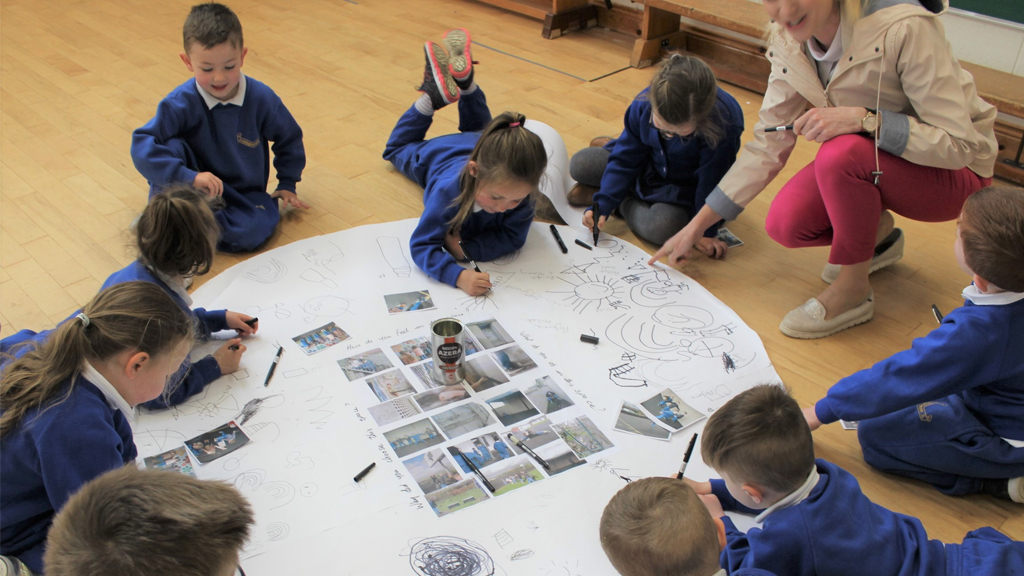Archive: Book Beat Live
Looking for a fun conversation with top-notch teaching tips? Come hang out with fellow teachers and meet experts on science and literacy at Book Beat Live! This FREE virtual meetup with the writers of NSTA Press’s popular Once Upon a Science Book series will feature science activities to create confident readers.
Looking for a fun conversation with top-notch teaching tips? Come hang out with fellow teachers and meet experts on science and literacy at Book Beat Live! This FREE virtual meetup with the writers of NSTA Press’s popular Once Upon a Science Book series will feature science activities to create confident readers.
Looking for a fun conversation with top-notch teaching tips? Come hang out with fellow teachers and meet experts on science and literacy at Book Beat Live! This FREE virtual meetup with the writers of NSTA Press’s popular Once Upon a Science Book series will feature science activities to create confident readers.
Looking for a fun conversation with top-notch teaching tips? Come hang out with fellow teachers and meet experts on science and literacy at Book Beat Live! This FREE virtual meetup with the writers of NSTA Press’s popular Once Upon a Science Book series will feature science activities to create confident readers.







 This panel presentation and discussion will explore the role media play in building scientific and mathematical understanding and the impact misinformation is having on how young people navigate their roles as both students and citizens. The discussants will consider how best to evaluate the data and conclusions shared via mainstream and social media, especially in relation to the pandemic, the environment, the
This panel presentation and discussion will explore the role media play in building scientific and mathematical understanding and the impact misinformation is having on how young people navigate their roles as both students and citizens. The discussants will consider how best to evaluate the data and conclusions shared via mainstream and social media, especially in relation to the pandemic, the environment, the